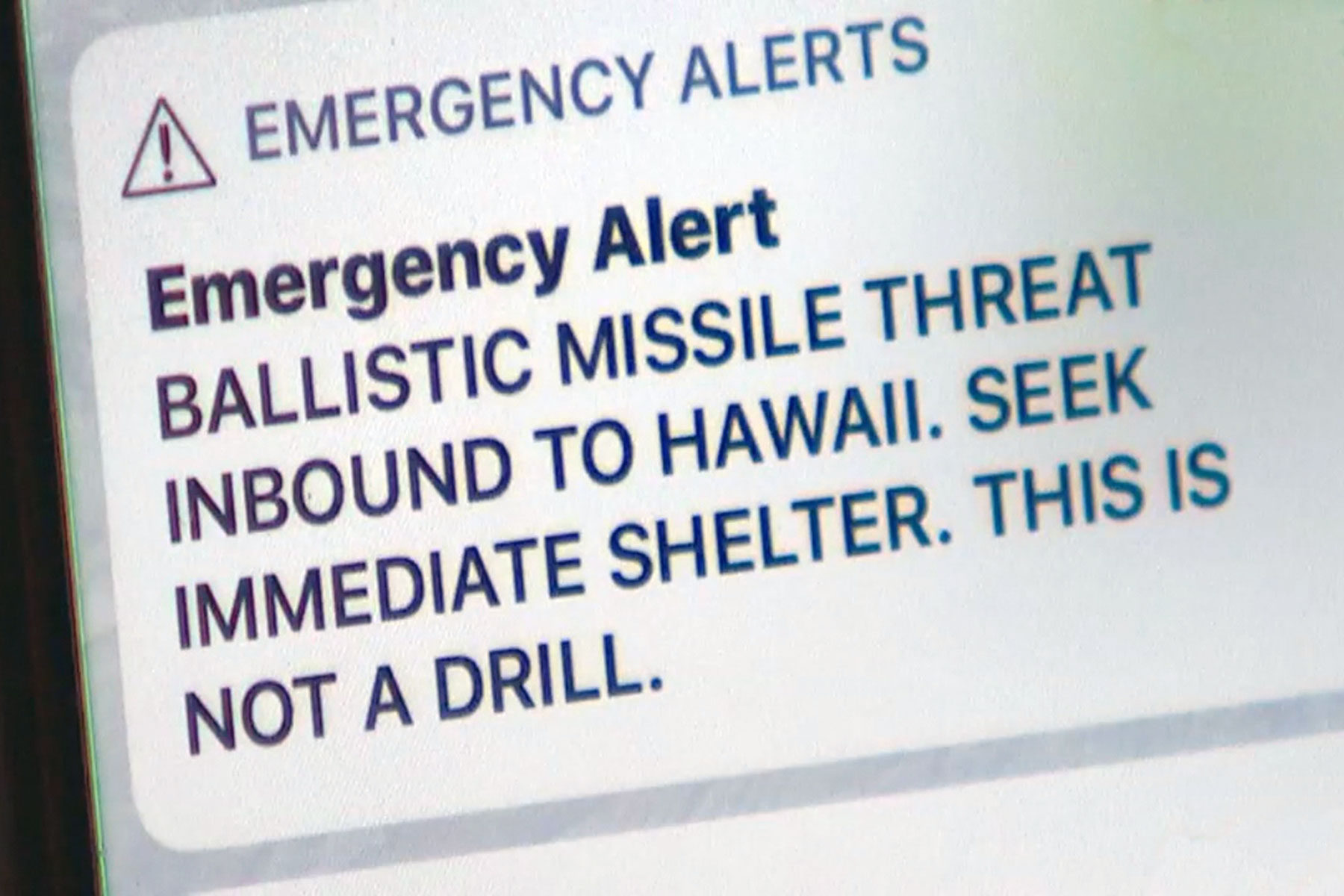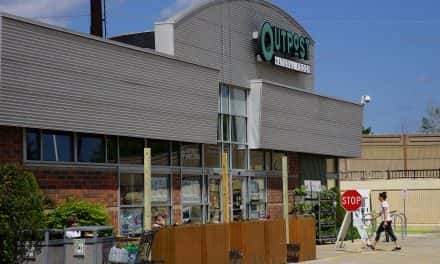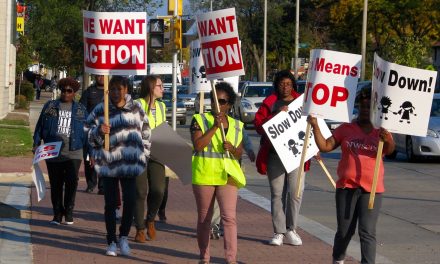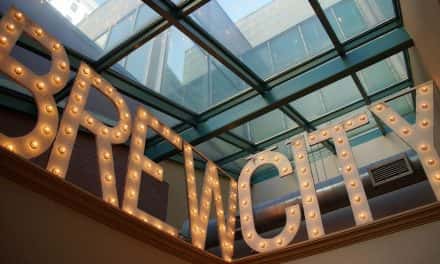
Milwaukee-based American Signal Corporation (ASC) sees the January 13, 2018 false ballistic missile alert in Hawaii as a lesson on the importance of UI clarity and authentication in emergency alert systems.
As details surrounding the incident become clear, Hawaii residents and emergency managers throughout the world are demanding accountability. Explanation of the distribution is employee negligence and miscommunication, with the live alert being pushed to more than 1 million people. The false alert remained unaddressed by emergency personnel for 38 minutes, creating widespread panic.
American Signal Corporation (ASC) has planned for similar situations, implementing key authentication protocols in the development of its CompuLert NEXGen command and control system. To prevent miscommunication and negligence, NEXGen enacts user restrictions based on privileges, to ensure only top administrators have access to high-security functions such as live alert distribution.
“The ramifications of sending premature emergency alerts to a widespread population can be catastrophic,” said Richard Roe, Executive Vice President at American Signal Company. “The situation in Hawaii could’ve been much worse, but it could’ve also been avoided. NEXGen is designed specifically to prevent these situations and could have played a role in stopping it.”
Actions are set with 2-step activation, requiring emergency managers to provide credentials before pushing messages to alerting devices. Actions can also be customized to include delays, so operators can abort and cancel alerts during a buffer time if a mistake is made.
NEXGen’s entire UI is also designed around clarity, featuring an intuitive button interface with text and icon support, to ensure operators always choose the correct action, preventing mistakes. The UI can also issue immediate abort commands, stopping any unsent messages and simultaneously canceling and clearing sent alerts.
False alarms endanger lives, threatening the effectiveness of real emergency alerts. Emergency managers need better training and systems that ensure the integrity of alert protocols.
ASC began as Biersach and Niedermeyer Company in 1873, with a metal fabricating operation in Milwaukee. After the 1941 attack on Pearl Harbor, concerns surfaced that the American public should be notified in the event of air attacks. The United States Department of the Army granted the company a contract to manufacture outdoor warning sirens and in 1942 the company began production of sirens that were installed throughout the Pacific Theater for American troops and Air Bases.
The need for these outdoor warnings increased during the following years as the Cold War brought a new threat of nuclear war. ASC continues to supply many cities in the U.S. with outdoor warning sirens, most of which are now used to alert the public of threats such as tsunamis, severe weather, chemical spills, and civil emergencies.
Written By
American Signal Corporation














